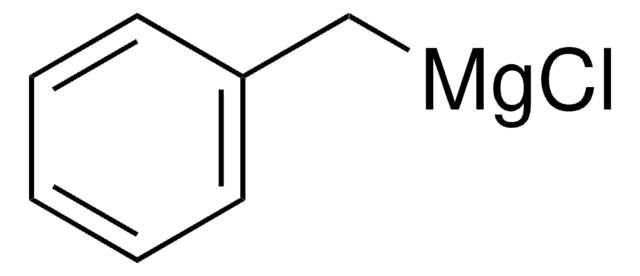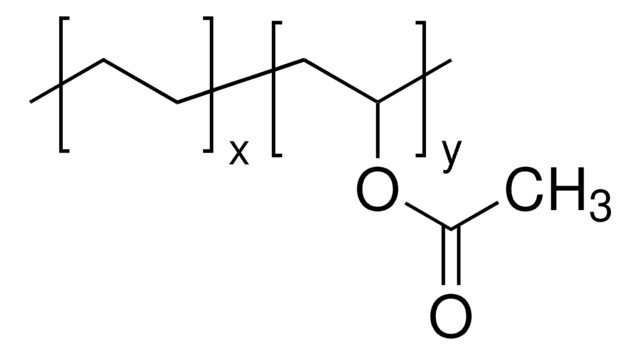576352
Indium tin oxide coated glass slide, rectangular
surface resistivity 70-100 Ω/sq, slide
Synonyme(s) :
ITO, ITO coated slide, rectangular
About This Item
Produits recommandés
Niveau de qualité
Résistivité superficielle
70-100 Ω/sq
L × l × épaisseur
75 mm × 25 mm × 1.1 mm
Transmittance
>87%
Indice de réfraction
n20/D 1.517 (lit.)
Chaîne SMILES
O=[Sn]=O.O=[In]O[In]=O
InChI
1S/2In.5O.Sn
Clé InChI
LNNWKAUHKIHCKO-UHFFFAOYSA-N
Vous recherchez des produits similaires ? Visite Guide de comparaison des produits
Description générale
Application
- Eumelanin samples prepared on ITO covered glass substrates.
- Interface windows of the liquid cell for optical beam deflection (OBD) sensing contain a 20-nm-thick indium tin oxide film.
- Mesoporous TiO2 films were formed on ITO conductive glass substrates.
Propriétés physiques
Resistance may increase to as high as 375 Ω when exposed to temperatures of 300 °C for 30 minutes or more.
To avoid damaging the thin film coating when determining which side is coated, lightly touch the barrelsof the probes to the same surface of a single-side coated product. Testing the alternate side will quicklyshow one with a low resistance as compared to the opposing side, which will exhibit an essentially infiniteresistance.
Code de la classe de stockage
13 - Non Combustible Solids
Classe de danger pour l'eau (WGK)
WGK 3
Point d'éclair (°F)
Not applicable
Point d'éclair (°C)
Not applicable
Équipement de protection individuelle
dust mask type N95 (US), Eyeshields, Gloves
Faites votre choix parmi les versions les plus récentes :
Déjà en possession de ce produit ?
Retrouvez la documentation relative aux produits que vous avez récemment achetés dans la Bibliothèque de documents.
Les clients ont également consulté
Articles
In this article, we demonstrate that bis-styrylbenzene derivatives show promising characteristics for very low lasing thresholds and discuss the design considerations for organic lasing molecules.
Organic photovoltaics (OPVs) represent a low-cost, lightweight, and scalable alternative to conventional solar cells. While significant progress has been made in the development of conventional bulk heterojunction cells, new approaches are required to achieve the performance and stability necessary to enable commercially successful OPVs.
A transparent conductive electrode (TCE) is an essential component of various optoelectronic devices such as solar cells, liquid-crystal displays (LCD), light-emitting diodes (LED), and touch screens.
Recent progress in the area of solution-processed functional materials has led to the development of a variety of thin-film optoelectronic devices with significant promise in the industrial and consumer electronics fields.
Notre équipe de scientifiques dispose d'une expérience dans tous les secteurs de la recherche, notamment en sciences de la vie, science des matériaux, synthèse chimique, chromatographie, analyse et dans de nombreux autres domaines..
Contacter notre Service technique



